Have you ever stopped an animal with an impressive nose? Those big schnozzes aren’t just for show, you know!
From sniffing out food to attracting mates, big noses play a vital role in the animal kingdom.
The largest Nose animals are rarely found all over the world. Today you will know the 4 mammals with big noses. The animals in the universe are unique.
# 4 mammals with Big Nose:
Some animals have large eyes, some animals have large ears or even big noses. As a species of unusual creatures, big-nosed animals are very fascinating to observe.
Many are tempted to trim their large noses to undergo plastic surgery in search of the perfect nose.
Animals don’t sweat their face, so they don’t care if they walk around with huge hunkers. This long nose usually plays an important role in their survival.
Read More: Are animals affected by their poison?
NO 1. Elephant:
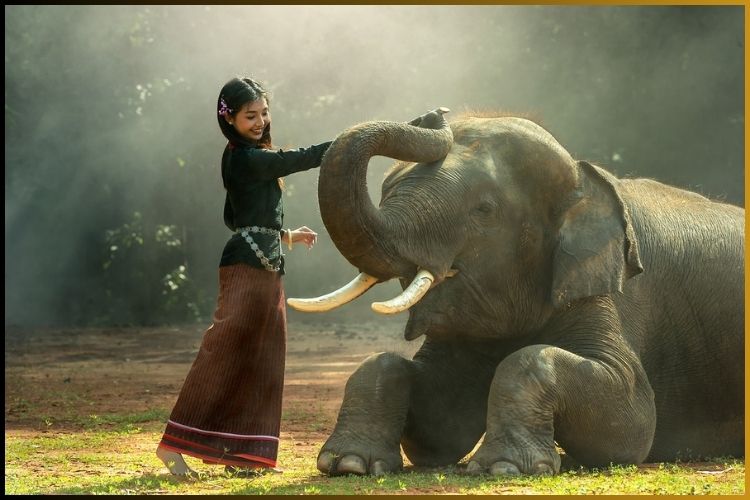
No discussion of largest-nosed mammals is complete without elephants. Its nose is its trunk, useful for various tasks.
He drinks with it, receives things — including food — and trumpets news with it. This boneless organ itself can weigh 400 pounds and grow up to 7 feet long.
With about 100,000 muscles and two finger-like appendages at the end, an elephant’s trunk can lift a 300-pound log.
Read More: Interesting facts about white fox
NO 2. Aardvark:
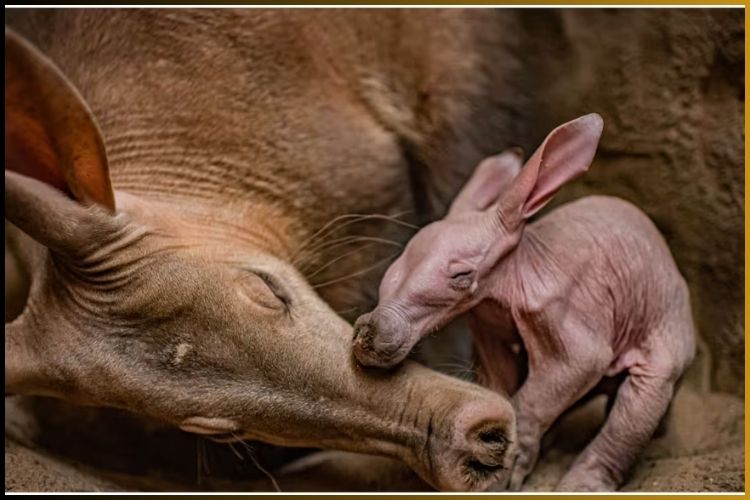
Aardvark is the second largest nose mammal on our list. The aardvark looks a lot like it can’t decide who it looks like, with its long, rabbit-like ears and kangaroo-type tail. This African mammal is known for its prominent snout.
He finds all his food through his sense of smell, so his long nose guides him in his search for dinner. They also have a long tongue, which helps them extract termites from their mounds.
Although his eyesight is poor. He has hearing and strong claws that help him dig for his food.
Aardvarks are nocturnal, spending the afternoon in cool, underground burrows.
Read More: All animals sound Names in English
NO 3. Proboscis Monkey:

The Proboscis monkey is the third largest nose animal on our list. This guy’s nose is so big that he’s been referred to as the proboscis monkey, and he has the largest nose of any primate, growing to about 6.5 inches.
A large nose amplifies the male monkey’s mating call, attracting female attention and potentially intimidating competition. If you want to see this monkey in its natural habitat, you have to go to the jungles of Borneo.
It is an excellent swimmer, preferring to eat seeds, leaves, and raw fruits along with occasional insects. Proboscis monkeys are endangered and threatened by habitat loss and predators, including humans.
Read More: Why Do Male Gorillas Beat Their Chests?
NO 4. Tapir:

Tapir is one of the oldest and largest nose mammals in the whole world. The tapir is called a “living fossil” because of its prehistoric roots. Related to primitive horses and rhinoceroses, prehistoric tapirs lived in North America, Europe, and Southeast Asia 50 million years ago.
This guy’s big nose didn’t develop until fairly recently; The tapir’s nose has grown to its current length over the past few million years.
The tapir’s largest nose and upper lip form a trunk that it uses for grasping, branches are handy for grasping cleaning, and picking fruit. Tapirs are usually found in Central and South America, where they live in forests and grasslands.
Despite their long history, all four species of tapirs are threatened or endangered due to hunting and habitat loss.
# 22 More Animals With Big Noses:
From species to species, a variety of animals can be very different due to genealogic changes. In many animals, the size of the body varies depending, on the reason for this is different.
NO 1 – MANDRILL:

| Scientific Name | Mandrillus Sphinx |
| Diet | Omnivore |
| Group | Troop |
| Type | Mammals |
| Size | 3 Feet |
| Life Span | 20 Years |
Mandrill’s nose is very bright and beautiful. The ridges of blue and purple color on the sides of their noses are very beautiful.
The mandrill’s nose is completely red and the hair on the lower part of the snout is golden in color.
NO 2 – SAWFISH:

| Common Name | Sawfish |
| Another Name | Carpenter Sharks |
| Kingdom | Animalia |
| Order | Rhinoptistiformes |
| Family | Pristidae |
Sawfish are also known as Carpenter Sharks. One of the big-nosed animals in the picture. They find hapless fish very easily with the help of their noses.
They have thousands of small organs in their noses with which they find other living organisms and attack the enemy.
NO 3 – ELEPHANT SEALS:

| Scientific Name | Marounga |
| Family | Phocidae |
| Order | Carnivora |
| Kingdom | Animalia |
This species of seals got the name Elephant Seals because of their large noses like elephants. Their nose is as big as an elephant’s nose.
And this nose scares other seals, but elephant seals don’t have good smelling sense.
NO 4 – STAR-NOSED MOLE:

The star-nosed mole is a cool animal with a special pink nose that looks like a star. Its nose has 22 little points. People call it the “walking nose.”
This nose helps the mole feel things and find food. Even though it can’t see well, it hunts well with its nose. It can find food in just a tiny bit of time.
These moles live in wet places in North America. They are alone most of the time and are active all year, even when it’s very cold.
NO 5 – GAMBIAN POUCHED RAT:
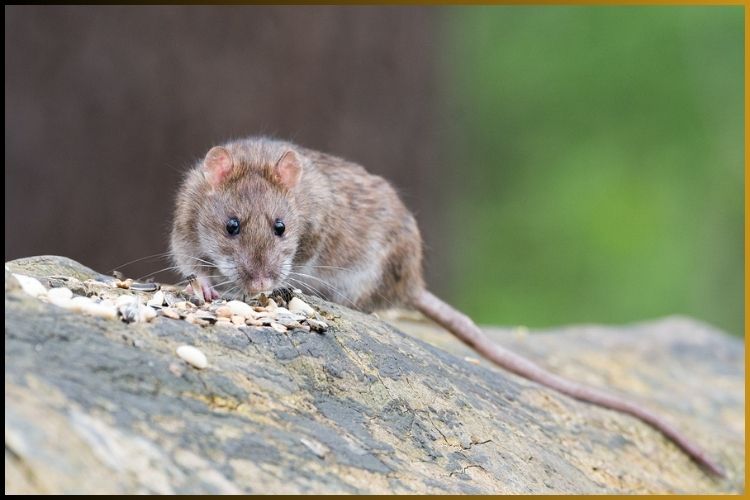
Forget about regular rats! The Gambian pouched rat is a big rat from Africa. It can be three feet long, including its long tail. This rat eats fruits, seeds, and sometimes snails.
It has special pouches in its cheeks to store food. Even though it is awake at night and can’t see well, it has a great sense of smell to find its way.
These rats live together in groups of up to 20. They make homes underground or in termite mounds. You can find them all over sub-Saharan Africa. They are an important part of nature there.
NO 6 – PETERS’S ELEPHANT NOSE:

Peters’s elephant nose fish has a long nose like an elephant. This fish lives in African rivers. Its nose works like an electric antenna. It sends out tiny electric signals to find its way and catch small prey.
People call it the “living sonar.” It is very smart and uses a lot of oxygen for its brain. Even though it can’t see well, it makes maps of its home with its electric sense. These fish are shy and like to look for food at night in the mud.
They are dark brown and can grow up to 9 inches long. Keeping them as pets is hard, but they are fun to watch in a special aquarium.
NO 7 – LONG NOSE GAR:

The Longnose Gar is a special fish. It has a long, thin body and a very long nose. It looks like it came from the time of dinosaurs! This fish has been around for millions of years.
The long nose is not just for show. It has tiny sensors to help the fish find food in muddy water. The Gar uses electricity to shock its prey, which are small fish and bugs, before eating them.
Even though the Longnose Gar has poor eyesight, it can hunt very well with its electric sensors. It is a fast swimmer and can catch its food quickly.
Longnose Gars are important for keeping rivers and lakes healthy. They help control the number of smaller fish. They are also a popular catch for some fishermen, but it’s good to let them go back into the water because they need to be protected.
Next time you are near a river or lake, look out for the Longnose Gar. This old fish with its long nose and special way of hunting is a reminder of the amazing creatures in our waters.
NO 8 – ORIENTAL SHORTHAIR:
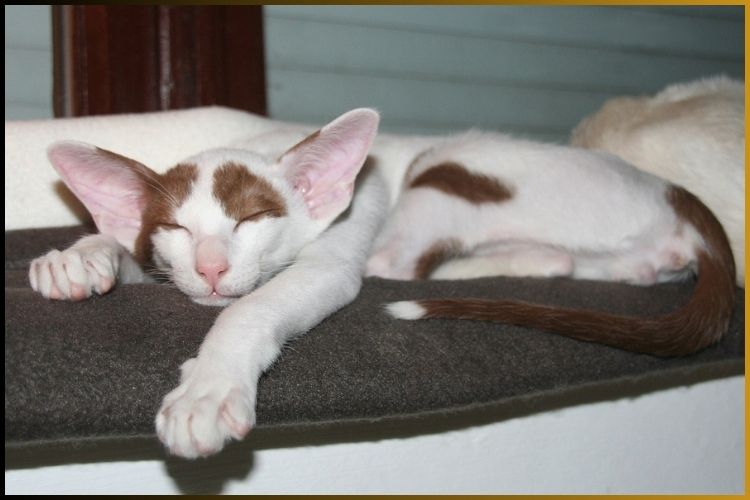
The Oriental Shorthair is a type of cat. It has short fur and a long, slender body. This cat comes in many colors and patterns.
Oriental Shorthairs have big ears and almond-shaped eyes. They are very playful and love to be around people.
These cats are smart and can learn tricks. They also like to talk and make a lot of noise. Oriental Shorthairs make great pets for families.
NO 9 – SALTWATER FISH:
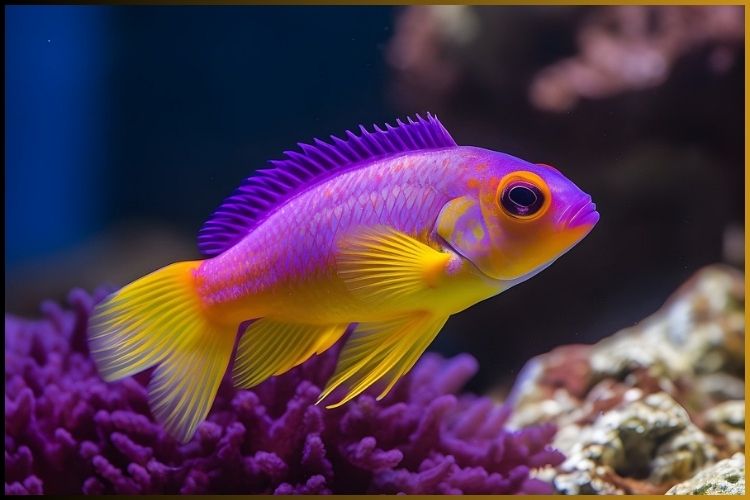
Saltwater fish live in the ocean. They come in many shapes and colors. Some are small, and some are very big. These fish like salty water.
Popular saltwater fish include clownfish, angelfish, and tangles. They eat plants, tiny sea animals, or other fish. People keep them in special aquariums called saltwater tanks. Saltwater fish are fun to watch and make beautiful pets.
NO 10 – SHREWS:

Shrews are tiny animals that look like mice. They have small eyes, long noses, and soft fur. Shrews are very active and always looking for food.
They eat insects, worms, and small plants. These little creatures live in fields, forests, and gardens.
Shrews have a strong sense of smell to find their food. Even though they are small, they are very important for the environment.
NO 11 – ROUGH COLLIE:
The Rough Collie is a type of dog. It has long, thick fur and a pointed nose. Rough Collies are smart and easy to train.
They are very gentle and good with kids. These dogs were first used to help herd sheep. They love to run and play outside.
Rough Collies come in different colors, like brown, black, and white. They make great family pets because they are loyal and friendly.
NO 12 – AIREDALE TERRIER:
The Airedale Terrier is a type of dog. It has a wiry coat and a square-shaped face. These dogs are smart and strong.
Airedale Terriers are good at hunting and were used in wars. They are playful and like to stay active. These dogs are loyal and can protect their families.
They need regular exercise and grooming. Airedale Terriers are friendly and make great pets for families.
NO 13 – BULL TERRIER:
The Bull Terrier is a dog known for its egg-shaped head and muscular body. It has a short coat and strong jaws. Bull Terriers are energetic and love to play.
They are smart and can be stubborn at times. These dogs are loyal to their families and like to be around people. Bull Terriers need regular exercise and training.
They come in different colors, like white, brindle, or tri-color. Bull Terriers make fun and protective pets for active families.
NO 14 – SALUKI:
Salukis are dogs originally from the Middle East. They have long legs and a slim body. Their coats can be smooth and come in colors like white, cream, fawn, or black. Salukis are very fast runners and enjoy chasing after things.
They have keen eyesight and can see small movements from far away. These dogs are gentle and like to be with people. Salukis are skilled hunters and used to help catch fast animals such as gazelles.
They need regular exercise to stay healthy. Salukis are known for their calm and dignified personalities. They make loyal pets and get along well with children who are gentle with them.
NO 15 – BLOODHOUND:
Bloodhounds are dogs known for their keen sense of smell. They have wrinkled faces and droopy ears. Their coats are usually black and tan or liver and tan.
Bloodhounds are large dogs with strong legs. They are friendly and gentle with people. These dogs are excellent trackers and are used to find missing persons or animals.
Bloodhounds need regular exercise to stay healthy and happy. They have a deep bark and a distinctive howl. Bloodhounds make loyal companions and are good with families who give them lots of love and attention.
NO 16 – LONG-NOSED BANDICOOT:
The Long-nosed Bandicoot is a small marsupial found in Australia. It has a long snout and a short, compact body. Its fur can be brown or grey.
Long-nosed Bandicoots are nocturnal, meaning they are active at night. They use their long noses to sniff out insects, worms, and plant roots for food.
These bandicoots build nests in grassy areas or burrows underground. They are shy animals and usually solitary.
Long-nosed Bandicoots are important for controlling insect populations in their habitats. They are found in various parts of Australia, including forests and grasslands.
NO 17 – DOMESTIC PIG:
Domestic pigs are large mammals often raised for meat. They have stout bodies and snouts for rooting. Pigs can be pink, black, or spotted.
They are intelligent animals and can learn tricks. Pigs are omnivores, eating plants and small animals. They live in groups called sounders.
Pigs enjoy wallowing in mud to keep cool. Farmers raise pigs on farms for their meat and byproducts. Pigs have a good sense of smell and use it to find food. They are social animals that communicate with grunts and squeals.
NO 18 – PINOCCHIO FROG:
The Pinocchio Frog, also known as the Australian Long-nosed Frog, is a unique amphibian found in Australia. It gets its name from its long, pointed snout resembling Pinocchio’s nose.
These frogs are small and usually brown or olive. They live in rainforests and wetlands, preferring areas with dense vegetation and water.
Pinocchio Frogs are nocturnal and feed on insects and small invertebrates. They are known for their distinct calls during the breeding season.
These frogs are secretive and shy, often hiding under leaf litter or in burrows during the day.
NO 19 – BUSH PIG:
The Bush Pig, also known as the Red River Hog, is a wild pig found in Africa. It has a reddish-brown coat with black markings and a tufted white mane.
Bush Pigs are omnivores, eating roots, fruits, and small animals. They live in forests and savannas, usually near water sources.
These pigs are social animals that live in groups called sounders. They communicate with grunts and squeals.
Bush Pigs are good swimmers and runners, able to escape from predators. They are important for controlling insect populations in their habitats.
NO 20 – SOUTH AMERICAN COATI:
The South American Coati is a fascinating animal found in Central and South America. It belongs to the raccoon family and is known for its long, flexible nose and ringed tail.
Coatis have brown fur with lighter markings on their faces and bodies. They are omnivores, eating fruits, insects, small vertebrates, and eggs.
These animals are highly social and live in groups called bands, which are led by a dominant female. South American Coatis are excellent climbers and spend much of their time in trees searching for food.
They have sharp claws that help them climb and dig. Coatis are diurnal, meaning they are active during the day. They communicate with each other using vocalizations and body language.
NO 21 – BLACK RHINOCEROS:
The Black Rhinoceros is a large mammal native to Africa. It has thick, grayish-black skin and two horns on its nose. These rhinos are herbivores, eating grasses, leaves, and branches.
They live in savannas and grasslands, preferring areas with dense vegetation and water sources. Black Rhinos are solitary animals, except when mating or with their young.
They have a keen sense of smell and hearing to detect danger. Unfortunately, they are critically endangered due to poaching and habitat loss. Conservation efforts are in place to protect them and their habitats.
NO 22 – LONG-BEAKED ECHIDNA
The Long-beaked Echidna is a unique mammal found in New Guinea and surrounding islands. It has spiky fur and a long, slender snout. Long-beaked Echidnas are small and covered in spines for protection.
They are solitary animals and spend most of their time digging for ants and termites, their main food. These echidnas are nocturnal, meaning they are active at night.
They live in rainforests and grasslands, preferring areas with dense vegetation. Long-beaked Echidnas are known for their ability to roll into a ball when threatened.
They are one of only five species of echidna and are considered rare and vulnerable in the wild.
Conclusion
The animal world is full of wonder, and big noses are no exception! These adaptations allow creatures to thrive in their environments, from smelling out food to attracting mates. So next time you see an animal with a prominent nose, remember, it’s not just for show – it’s a testament to the incredible diversity and ingenuity of life on Earth.

